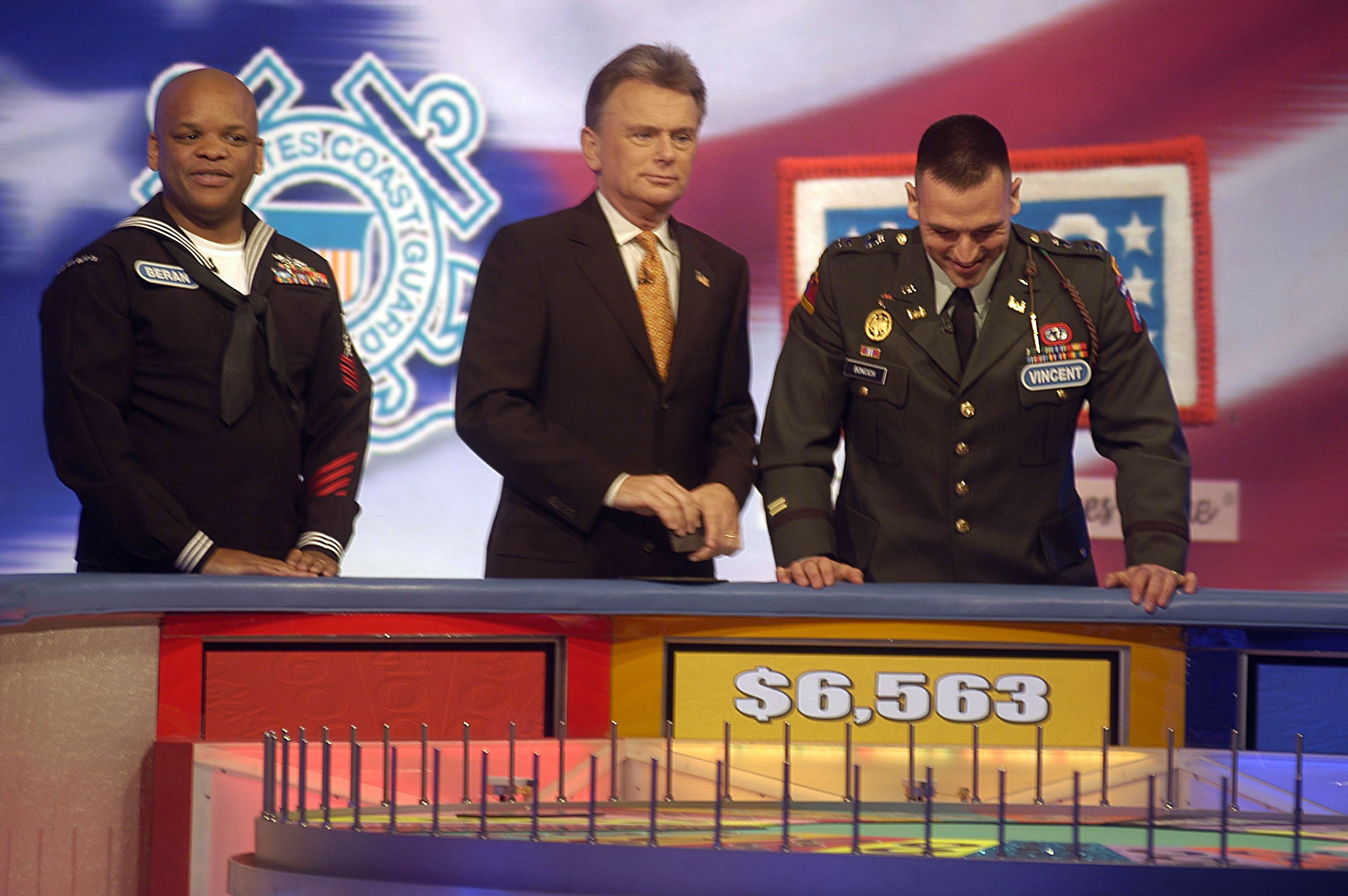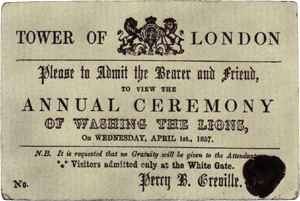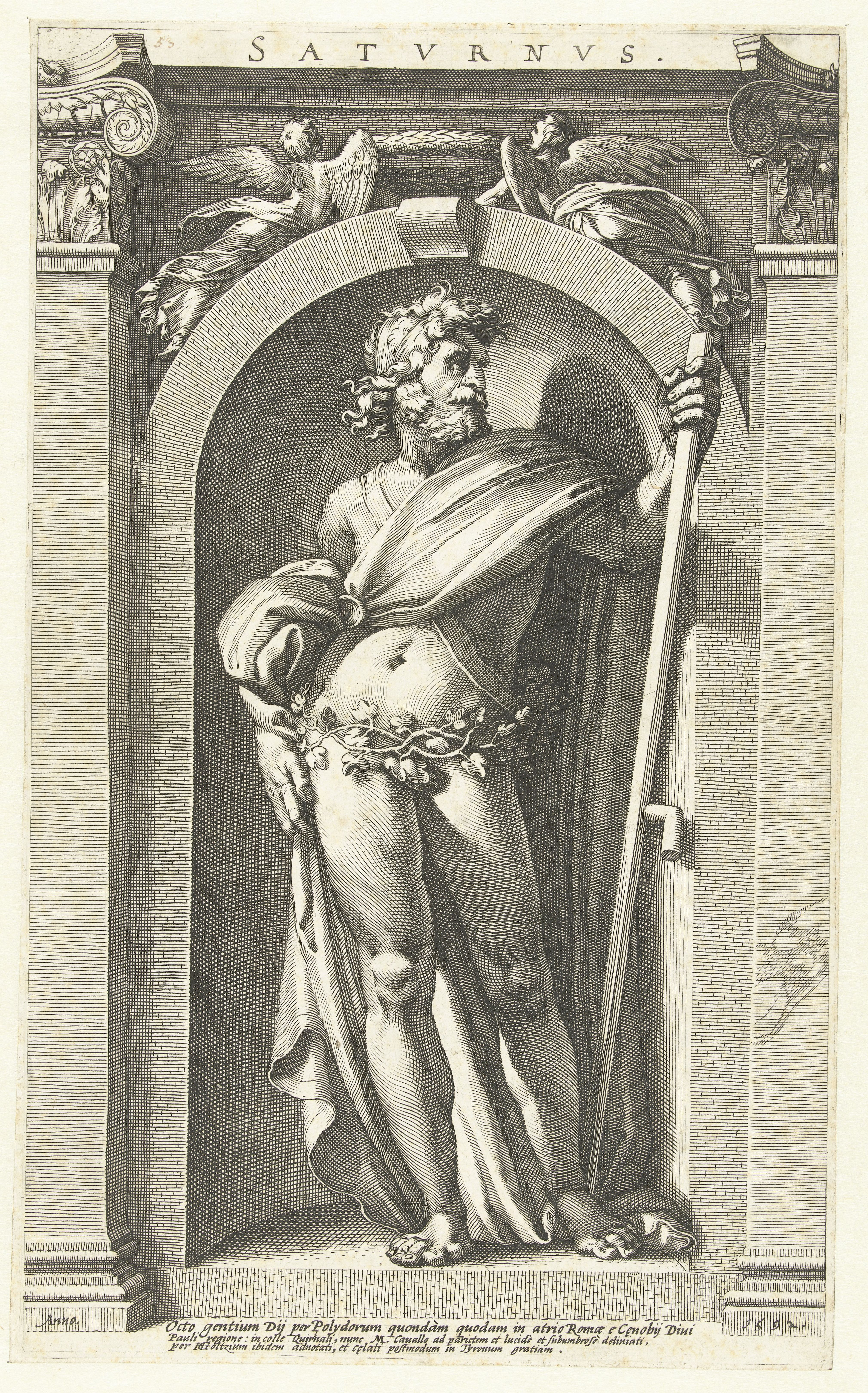|
The Price Is Right (U.S
''The Price Is Right'' is a television game show franchise created by Bob Stewart, originally produced by Mark Goodson and Bill Todman; currently it is produced and owned by Fremantle. The franchise centers on television game shows, but also includes merchandise such as video games, printed media, and board games. The franchise began in 1956 as a television game show hosted by Bill Cullen and was revamped in 1972. This version was originally hosted by Bob Barker. Drew Carey has hosted the program since 2007. Contestants on the show compete to win cash and prizes by guessing the price of merchandise. The program has been critically successful and remains a stalwart in the television ratings. It also managed to break away from the quiz show format that has been used in other game shows. Since the current version premiered, it has also been adapted in several international formats around the world most notably in the United Kingdom, Spain, Australia, Mexico, and Vietnam. In 2013 ... [...More Info...] [...Related Items...] OR: [Wikipedia] [Google] [Baidu] |
Game Show
A game show is a genre of broadcast viewing entertainment (radio, television, internet, stage or other) where contestants compete for a reward. These programs can either be participatory or Let's Play, demonstrative and are typically directed by a game show host, host, sharing the rules of the program as well as commentating and narrating where necessary. The history of game shows dates back to the invention of television as a medium. On most game shows, contestants either have to answer questions or solve puzzles, typically to win either money or prizes. Game shows often reward players with prizes such as cash, trips and goods and services provided by the show's sponsor. History 1930s–1950s Game shows began to appear on radio and television in the late 1930s. The first television game show, ''Spelling Bee (game show), Spelling Bee'', as well as the first radio game show, ''Information Please'', were both broadcast in 1938; the first major success in the game show genre was ... [...More Info...] [...Related Items...] OR: [Wikipedia] [Google] [Baidu] |
List Of The Price Is Right Pricing Games
__NOTOC__ Pricing games are featured on the current version of the American game show ''The Price Is Right''. The contestant from Contestants' Row who bids closest to the price of a prize without going over wins the prize and has the chance to win additional prizes or cash in an onstage game. After the pricing game ends, a new contestant is selected for Contestants' Row and the process is repeated. Six pricing games are played on each hour-long episode. Prior to expanding to one hour in length, three games per episode were played during the half-hour format. With the exception of a single game from early in the show's history, only one contestant at a time is involved in a pricing game. A total of 112 pricing games have been played on the show, 78 of which are in the current rotation. On a typical hour-long episode, two games—one in each half of the show—will be played for a car, at most one game will be played for a cash prize and the other games will offer merchandise or tr ... [...More Info...] [...Related Items...] OR: [Wikipedia] [Google] [Baidu] |
Craig Ferguson
Craig Ferguson (born 17 May 1962) is a Scottish-born American comedian, actor, writer, and television host. He is best known for hosting the CBS late-night talk show ''The Late Late Show with Craig Ferguson'' (2005–2014), for which he won a Peabody Award in 2009 for his interview with South African archbishop Desmond Tutu that year. He also hosted the syndicated game show '' Celebrity Name Game'' (2014–2017), for which he won two Daytime Emmy Awards, and ''Join or Die with Craig Ferguson'' (2016) on History. In 2017 he released a six-episode web show with his wife, Megan Wallace Cunningham, titled ''Couple Thinkers''. After starting his career in the UK with music, comedy, and theatre, Ferguson moved to the U.S., where he appeared in the role of Nigel Wick on the ABC sitcom ''The Drew Carey Show'' (1996–2004). Ferguson has written three books: ''Between the Bridge and the River'', a novel; ''American on Purpose'', a memoir; and ''Riding the Elephant: A Memoir of Altercat ... [...More Info...] [...Related Items...] OR: [Wikipedia] [Google] [Baidu] |
April Fools' Day
April Fools' Day or All Fools' Day is an annual custom on 1 April consisting of practical jokes and hoaxes. Jokesters often expose their actions by shouting "April Fools!" at the recipient. Mass media can be involved in these pranks, which may be revealed as such the following day. The custom of setting aside a day for playing harmless pranks upon one's neighbour has been relatively common in the world historically. Origins Although the origins of April Fools’ is unknown, there are many theories surrounding it. A disputed association between 1 April and foolishness is in Geoffrey Chaucer's '' The Canterbury Tales'' (1392). In the " Nun's Priest's Tale", a vain cock Chauntecleer is tricked by a fox on "Since March began thirty days and two," i.e. 32 days since March began, which is 1 April. However, it is not clear that Chaucer was referencing 1 April since the text of the "Nun's Priest's Tale" also states that the story takes place on the day when the sun is "in the sign ... [...More Info...] [...Related Items...] OR: [Wikipedia] [Google] [Baidu] |
2007–08 Writers Guild Of America Strike
From November 5, 2007, to February 12, 2008, all 12,000 film and television screenwriters of the American labor unions Writers Guild of America, East (WGAE), and Writers Guild of America West (WGAW) went on strike. The Writers Guild of America (WGA) strike sought increased funding for the writers in comparison to the profits of the larger studios. It was targeted at the Alliance of Motion Picture and Television Producers (AMPTP), a trade association representing the interests of 397 American film and television producers. The most influential of these were eleven corporations: CBS ( Les Moonves), MGM (Harry E. Sloan), NBCUniversal (Jeff Zucker), The Weinstein Company ( Harvey and Bob Weinstein), Lionsgate (Jon Feltheimer), News Corporation (Peter Chernin), Paramount Pictures ( Brad Grey), Liberty Media/Starz ( Chris McGurk), Sony Pictures (Michael Lynton), The Walt Disney Company (Bob Iger), and Warner Bros. (Barry Meyer). Negotiators for the striking writers reached a tentat ... [...More Info...] [...Related Items...] OR: [Wikipedia] [Google] [Baidu] |
Survivor (American TV Series)
''Survivor'' is the American version of the international '' Survivor'' reality competition television franchise, itself derived from the Swedish television series ''Expedition Robinson'' created by Charlie Parsons which premiered in 1997. The American series premiered on May 31, 2000, on CBS. It is hosted by Jeff Probst, who is also an executive producer along with Mark Burnett and the original creator, Parsons. ''Survivor'' places a group of strangers in an isolated location, where they must provide food, fire, and shelter for themselves. The contestants compete in challenges including testing the contestants' physical ability like running and swimming or their mental abilities like puzzles and endurance challenges for rewards and immunity from elimination. The contestants are progressively eliminated from the game as they are voted out by their fellow contestants until only one remains and is given the title of "Sole Survivor" and is awarded the grand prize of US$1,000,000 ... [...More Info...] [...Related Items...] OR: [Wikipedia] [Google] [Baidu] |
Sábado Gigante
Saturday is the day of the week between Friday and Sunday. No later than the 2nd century, the Romans named Saturday ("Saturn's Day") for the planet Saturn, which controlled the first hour of that day, according to Vettius Valens. The day's name was introduced into West Germanic languages and is recorded in the Low German languages such as Middle Low German , ''saterdach'', Middle Dutch (Modern Dutch ) and Old English , ''Sæterndæġ'' or . Origins Between the 1st and 3rd centuries AD, the Roman Empire gradually replaced the eight-day Roman Roman calendar#Nundinal cycle, nundinal cycle with the seven-day week. The astrological order of the days was explained by Vettius Valens and Dio Cassius (and Chaucer gave the same explanation in his ''Treatise on the Astrolabe''). According to these authors, it was a principle of astrology that the heavenly bodies presided, in succession, over the hours of the day. The association of the weekdays with the respective deities is thus indi ... [...More Info...] [...Related Items...] OR: [Wikipedia] [Google] [Baidu] |
Variety Show
Variety show, also known as variety arts or variety entertainment, is entertainment made up of a variety of acts including musical theatre, musical performances, sketch comedy, magic (illusion), magic, acrobatics, juggling, and ventriloquism. It is normally introduced by a Master of Ceremonies, compère (master of ceremonies) or Television presenter, host. The variety format made its way from the Victorian era stage in Britain and America to radio and then television. Variety shows were a staple of English language television from the late 1940s into the 1980s. While still widespread in some parts of the world, such as in the United Kingdom with the ''Royal Variety Performance'', and South Korea with ''Running Man (South Korean TV series), Running Man'', the proliferation of multichannel television and evolving viewer tastes have affected the popularity of variety shows in the United States. Despite this, their influence has still had a major effect on late night television whose la ... [...More Info...] [...Related Items...] OR: [Wikipedia] [Google] [Baidu] |
Roger Dobkowitz
Roger Kurt Dobkowitz (born July 30, 1945 in San Francisco, California) is an American television producer best known for his 36-year tenure on the CBS game show ''The Price Is Right''. In addition to ''The Price Is Right'', Dobkowitz also worked on other game shows, such as ''Family Feud'', '' Double Dare'', '' Now You See It'', and ''Match Game''. Dobkowitz graduated from San Francisco State University in 1972 after completing a thesis, ''A Historical Study of Prime-Time Network Audience Participation Shows 1948-1968''. ''The Price Is Right'' Dobkowitz started as a member of the production staff with ''The Price Is Right'' when the show debuted in 1972, and became a producer in 1984. He created eighteen of the show's pricing games (one of which, Gas Money, debuted on the first new episode after his departure). He won five Emmy Awards for his work on the show. Dobkowitz left ''Price'' in July 2008, following production on the show's 36th season. While ''Variety Variety may refe ... [...More Info...] [...Related Items...] OR: [Wikipedia] [Google] [Baidu] |
Paul Alter
Paul Alter (March 11, 1922 – June 11, 2011) was an American television director, specializing in game shows for Mark Goodson Productions. Alter was best known as the original director of ''Family Feud'' from the show's origin in the mid-1970s until the early 1990s and the director of ''The Price Is Right'' from 1986 until 2000. Early life and career Born in Chicago, Illinois, Alter studied piano with Teddy Wilson, from the Benny Goodman Quartet. Alter became a talented musician. Later on, Alter would put his talent to use composing the 1969 theme for '' To Tell the Truth''. Television work His first job as a game-show director was on the original CBS version of ''Beat the Clock'' in 1950. He then began a long association with Mark Goodson - Bill Todman Productions, where he worked on many of their shows including ''What's My Line?'', ''I've Got a Secret'' and '' To Tell the Truth''. Alter directed both versions of ''The Price Is Right'', beginning with the original NBC ve ... [...More Info...] [...Related Items...] OR: [Wikipedia] [Google] [Baidu] |
Marc Breslow
Marc Breslow (July 7, 1925 – December 1, 2015) was an American television director, specializing in game shows for Mark Goodson Productions. Breslow was the director throughout the CBS and syndicated run of ''Match Game'' during the 1970s and early 1980s, as well as the CBS and syndicated run of ''Card Sharks'' during the late 1980s, as well as ''Classic Concentration'', during the late 1980s and early 1990s, and was the original director of the 1972 version of ''The Price Is Right.'' Breslow was relieved of his position as director of ''The Price Is Right'' by Mark Goodson in 1986 due to clashes with the show's former host, Bob Barker. Paul Alter Paul Alter (March 11, 1922 – June 11, 2011) was an American television director, specializing in game shows for Mark Goodson Productions. Alter was best known as the original director of ''Family Feud'' from the show's origin in the mid-1970s ... replaced Breslow as director of ''The Price Is Right,'' though Breslow remained on ' ... [...More Info...] [...Related Items...] OR: [Wikipedia] [Google] [Baidu] |




